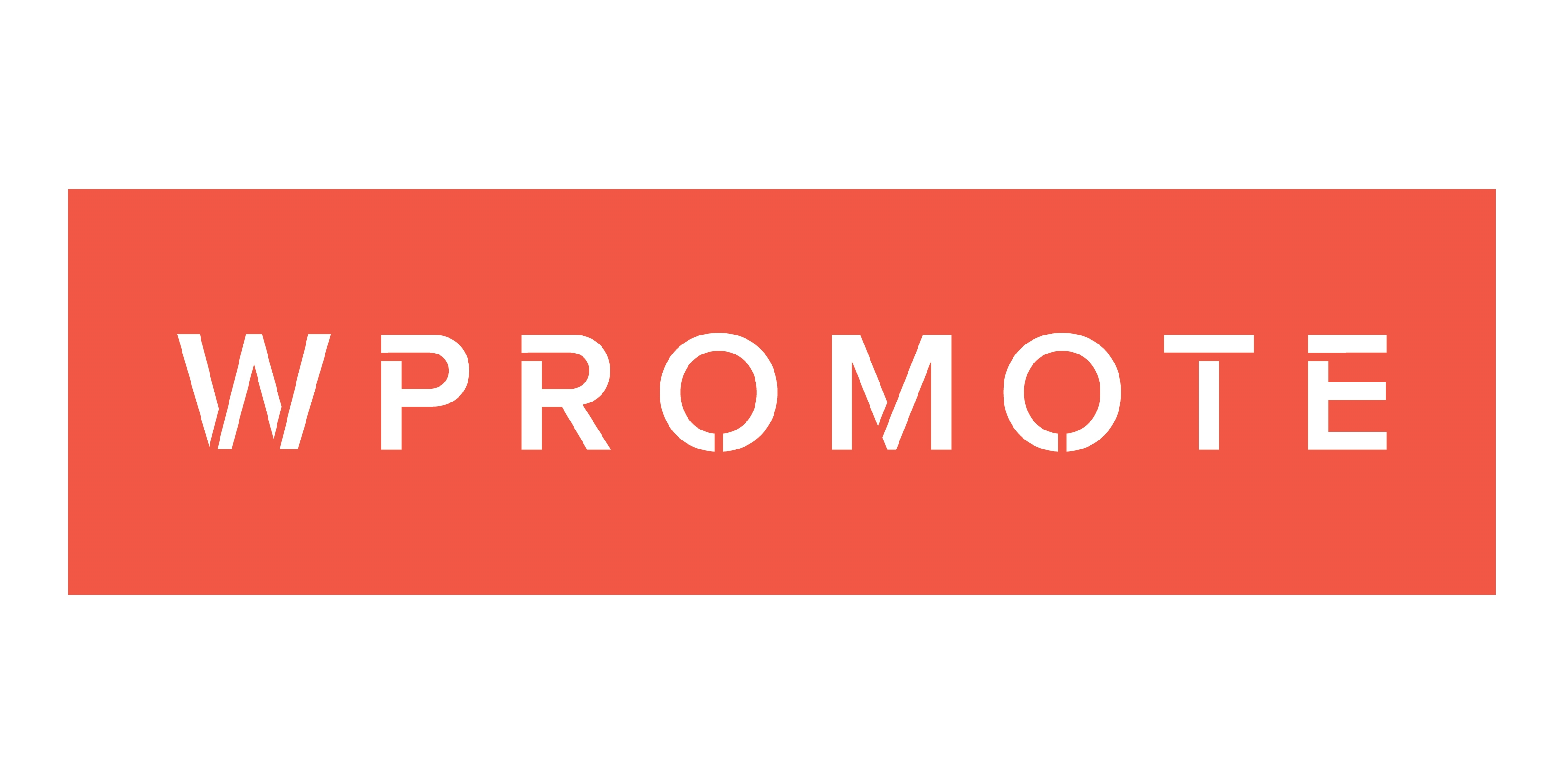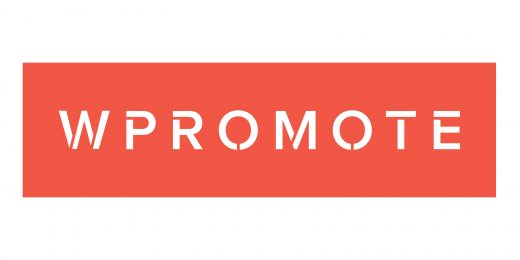Google, Wpromote: Predicting Lifetime Value Of Customers In 2018
Google, Wpromote: Predicting Lifetime Value Of Customers In 2018
by Laurie Sullivan , Staff Writer @lauriesullivan, December 28, 2017
Wpromote, a California-based independent digital agency, focuses on helping brands define, understand and predict the lifetime value of customers. This has become one of the more innovative search strategies in 2017.
It takes a minimum of 12 to 24 months of data to analyze and use the signals in a productive way, said Mike Stone, chief relationship officer at Wpromote,.
He said the agency was one of the first this year to test the customer lifetime value modeling with Google. Now the company is rolling it out. “We built a team of data scientists this year to support it,” he said. “And we took a profit-driven bidding approach to what we look at within AdWords.”

The general premise is that 20% of customers generate about 80% of a business’s profit. Stone said advertisers have not invested that way digitally. By changing the way they invest based on the type of customers, brands can increase profit with less investment and increase the equity — and this requires an understand of their customer data.
In partnership with Google, Wpromote began looking at customer lifetime value by analyzing transaction IDs and order IDs to create a list of the most to the least profitable customers.
That data, which allows companies to build audiences, is applied to how Wpromote bids on AdWords campaigns, social and display media.
“It’s been the mantra for any direct-response advertiser for the past 30 years, whether direct mail or television, but it has not really been applied to way people buy digital,” he said.
The key is understanding the lifetime value of consumers exposed to certain types of media.
Stone said the company is close to developing the ability to model the predictive value of customers, partly based on past purchase behavior. This is applied to Customer Match and Lookalike Audiences by creating a “living model.”
In one example, Provident Urgent Care wanted to drive doctor visits to either express care or virtual facilities the situation was not an emergency. In partnership with Google, Wpromote gave the clinic visibility into visits by creating dynamic ads. Searches for “doctor near me” would serve up information on the location of the nearest Provident Urgent Care clinic and provide the length of waiting time to be seen by a doctor. The campaign tracked the action or impression to a physical location.
The goal is to move away from using last-click attribution, which Stone said that is “the most difficult thing we need to do now — get the mindset away from the last-click attribution model.”
Most companies don’t use this type of model, Stone said, but they should.
Wpromote, an early Google partner, boasts Marriott and Provident Urgent Care, among others brands supported by about 340 employees. About 35% of clients are in retail, with the remaining coming from hospitality, financial services, real estate, software, healthcare and automotive.
MediaPost.com: Search Marketing Daily
(37)












